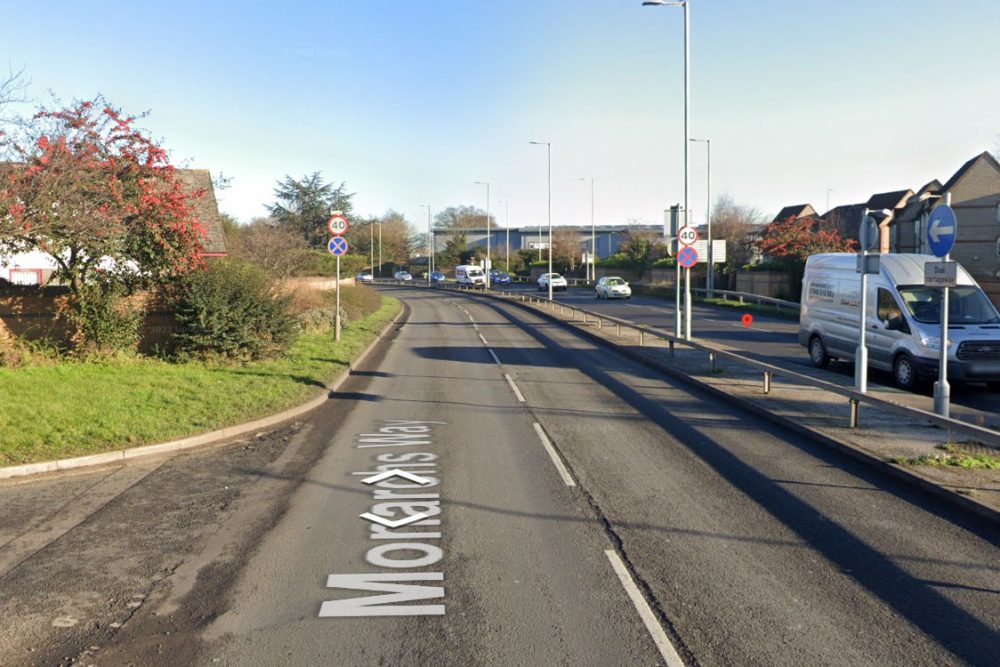Woven into the intricate tapestry of Britain’s diverse landscapes, our roads act as vital links that bring us together, quietly witnessing countless stories. Yet, certain paths have gained a reputation for their tricky bends, demanding terrains, and higher frequencies of incidents. For travellers, being aware of these hidden risks is crucial, guiding us to navigate these routes with care. In this discussion, we explore insights from a Regtransfers study, shedding light on the most risky roads in Britain and the rates of incidents that have given them a certain notoriety.
The criteria for ranking these dangerous roads revolve around their accident rates – calculated as the number of accidents per million vehicle-miles travelled. In this context, vehicle-miles cover both the length of the road and the number of vehicles using it. Differences between overall and regional incident rates arise from the analysis that compares an entire road with specific regional sections (e.g., A49 as a whole versus A49 within the North West). This analysis is based on police-recorded accidents spanning a decade (2007-2016), supplemented by the Department for Transport (DfT) traffic counts and road safety statistics, and covers roads that have seen over 1,000 accidents.
Interestingly, the most dangerous roads in the UK are clustered exclusively within the bustling heart of London, where traffic congestion mingles with a diverse mix of road users, leading to higher incident rates. With a closer look, we’ll explore each of these high-risk roads:
A1010
This road claims the ominous title of the United Kingdom’s riskiest route, with an accident rate of 12.7. Although it spans both London and the East of England, the most hazardous section likely lies within London. Intense vehicle movement, pedestrian crossings, and intersections likely contribute to its elevated incident rate.
A107
Entirely situated within London’s urban environment, the A107 secures the second spot, boasting a recorded accident rate of 8.38. This road grapples with urban dynamics, merging vehicular traffic with cyclists, pedestrians, and public transportation.
A105
Earning its place among the UK’s most challenging roads due to its accident rate of 6.75, the A105 is confined solely to London. Its vulnerability to incidents is likely heightened by the influx of commuters and local traffic.
A315
Positioned within London’s landscape, the A315 displays a 6.7 accident rate. Its location within the urban environment leads to recurrent congestion and complex traffic patterns, escalating accident risks.
A112
Occupying the fifth position with an accident rate of 6.25, the A112’s proximity to numerous schools, residential areas, and commercial hubs within London increases its vulnerability due to the mix of pedestrians and diverse vehicles.
A400
Claiming the sixth position, the A400 with its 4.4 accident rate is a notable contender. Nestled within London’s boundaries, this road is known for its busy thoroughfare, which includes areas with dense pedestrian traffic and complex traffic movement.
A4020
Securing the seventh spot, the A4020 has an accident rate of 3.93. Its trajectory through London highlights challenges related to urban traffic, road designs, and interactions among diverse road users.
A219 and A215
Sharing the eighth and ninth ranks, the A219 and A215 both roads often grapple with the urban challenges exacerbated by the daily influx of work commuters, making them more prone to traffic incidents, displaying matching accident rates of 3.87.
A214
Concluding the top ten list, the A214 has an accident rate of 3.73. Exclusively threading through London, this road contends with accident risks influenced by its urban surroundings and the interplay of various transportation modes.
The concentration of these ten high-risk roads within London underscores the unique hazards that urban environments pose to road safety. A combination of factors such as congestion, a mix of transit modes, pedestrian involvement, and complex road layouts propels these roads to heightened incidents. Addressing these hazards might involve improved infrastructure, refined traffic management, and increased public awareness campaigns to promote safe road usage.








